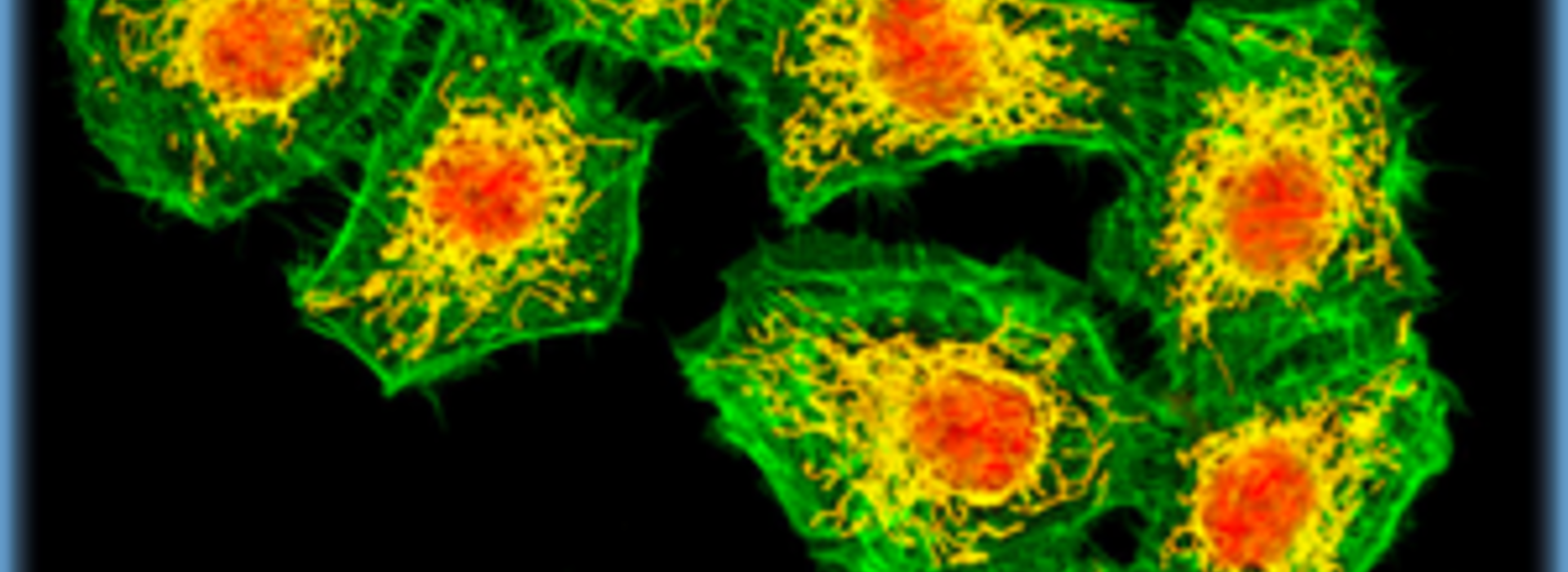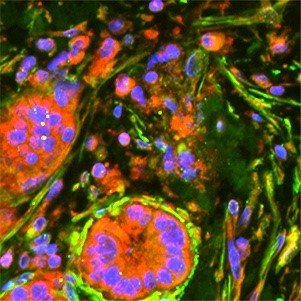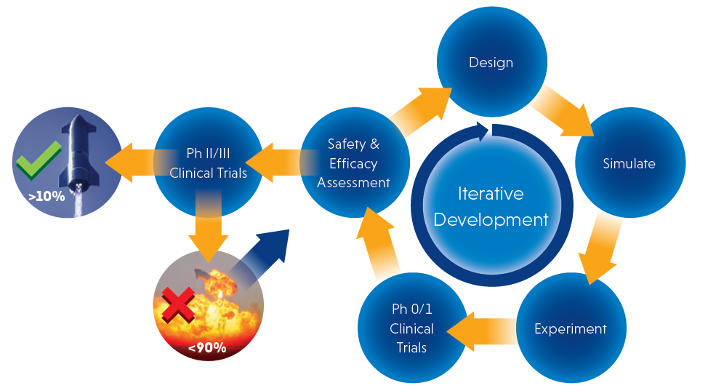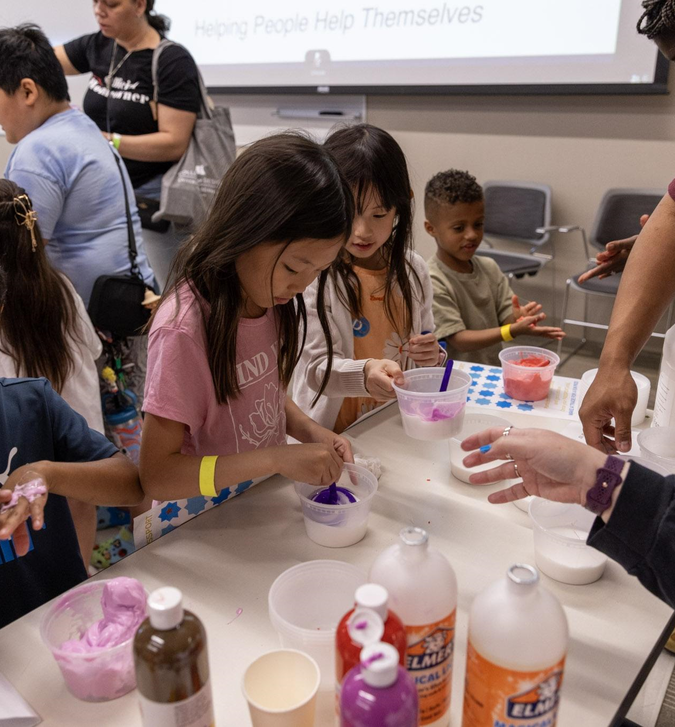
From Seed to Center
Over the last two years, the Cancer Bioengineering Initiative (CBI) has become a three-grant center dedicated to integrating engineering into cancer therapies – but its roots didn’t actually stem from cancer research.
“The idea of CBI came from cell migration fundamental research about 15 years ago. I wasn’t thinking of cancer research at that point,” says David Odde, professor of Biomedical Engineering. “We had received an IEM seed grant to look into neural cell traction – fundamentally, their ability to generate force and sense stiffness. That research led to the discovery of a sweet spot, an optimal stiffness where traction force is maximized.”
Then Steven Rosenfeld, MD, PhD, a neuro-oncologist and biophysicist at Columbia University (now currently at Mayo Clinic) saw the potential for Odde’s model to be applied to improving cancer therapies. “We started working together on a stimulus grant under the Recovery Act during the Obama administration,” says Odde. “Our research showed that the cell traction principles applied to brain cancer cells as well, which led to a larger NIH grant, which set the stage for what we know to be CBI.”
That 2016 grant established the Physical Sciences in Oncology Center (PSOC), a part of the National Cancer Institute’s (NCI) 10-center Physical Sciences in Oncology Network. PSOC was led by Odde, Rosenfeld, and David Largaespada, a professor in the Department of Pediatrics. “PSOC allowed us to show that engineering approaches could be applied beyond fundamental research, specifically to clinical and translational research,” says Odde. The funding for PSOC came to a close in 2021, but the research led them to expand their CBI goals. “In completing the research, the work led us to the two other centers at CBI, essentially doubling the research opportunities we had initially planned for,” says Odde.
By the end of 2021, CBI had received NCI funding for the Cancer Simulation for New Therapies program project and the Center for Multiparametric Imaging of Tumor Immune Microenvironments (C-MITIE). The Cancer Simulation for New Therapies was founded on a NCI P01 grant and is led by Odde, Largaespada, and Dave Maspoust, a professor in the Department of Microbiology and Immunology. “The center focuses on cancer and T-cell migration in the brain and pancreas. We are now at a phase where we want to apply our biophysics theory to improve T-cell performance. I’m really excited about our research there and where it’s leading us to develop new cancer therapies,” says Odde.

The third CBI research center, C-MITIE, is in collaboration with the Carbone Cancer Center at the University of Wisconsin Madison. C-MITIE, which is led by Odde’s Biomedical Engineering colleague Paolo Provenzano, uses optical imaging to study the complex environments that pancreatic cancer cells live in.
Together, the three centers are a part of CBI’s 10-year goal to improve the success rate of cancer clinical trials with an engineering approach. “The work we do at each center is all connected and motivated towards the same end goal: to discover and apply models to drive the treatment design process in the biotech field and be able to train people to do more modeling,” says Odde. CBI’s graphic below captures the iterative engineering approach that Odde describes.

Odde also notes that a new center will launch this fall as an offshoot of CBI. “Jasmine Foo [a professor of Mathematics] and I will be co-directing the new Therapy Modeling and Design Center. The new center will not operate under CBI, but it will expand CBI’s cancer research and be another step closer to its goals. We want to further the application of our therapy modeling methods and see what else we can do with cancer research and other diseases,” says Odde. He looks forward to sharing more details when the launch date is announced.
Odde thinks that the past and current CBI journey shows how grants should never be an end unto themselves. “At the end of each step, we are always asking ourselves ‘Okay, what’s next and how can we get there.’ It’s exciting to continue on this journey even though the finish line is always changing. You never know where one grant will lead you in research.”



